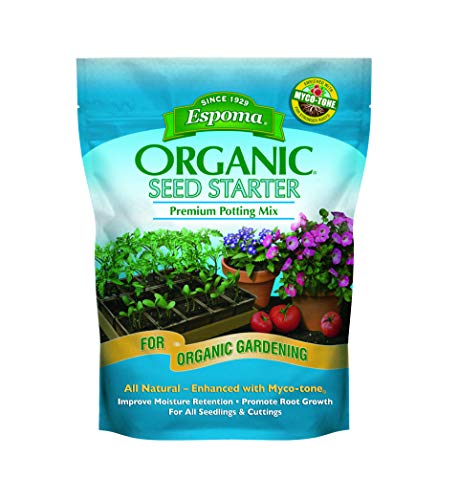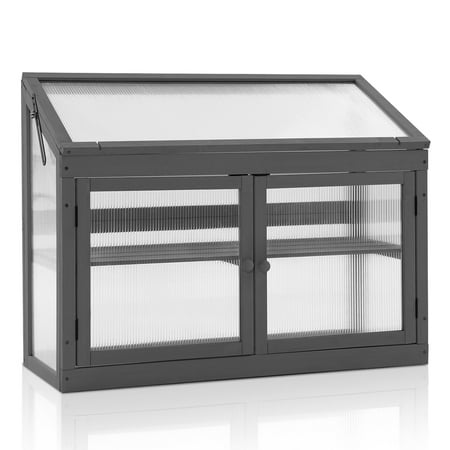11 plants to propagate in winter – we show how simple it is to get more of your best-loved shrubs from cuttings
Why not start propagating in winter and get more plants for free? It can be done with hardwood cuttings from these popular shrubs
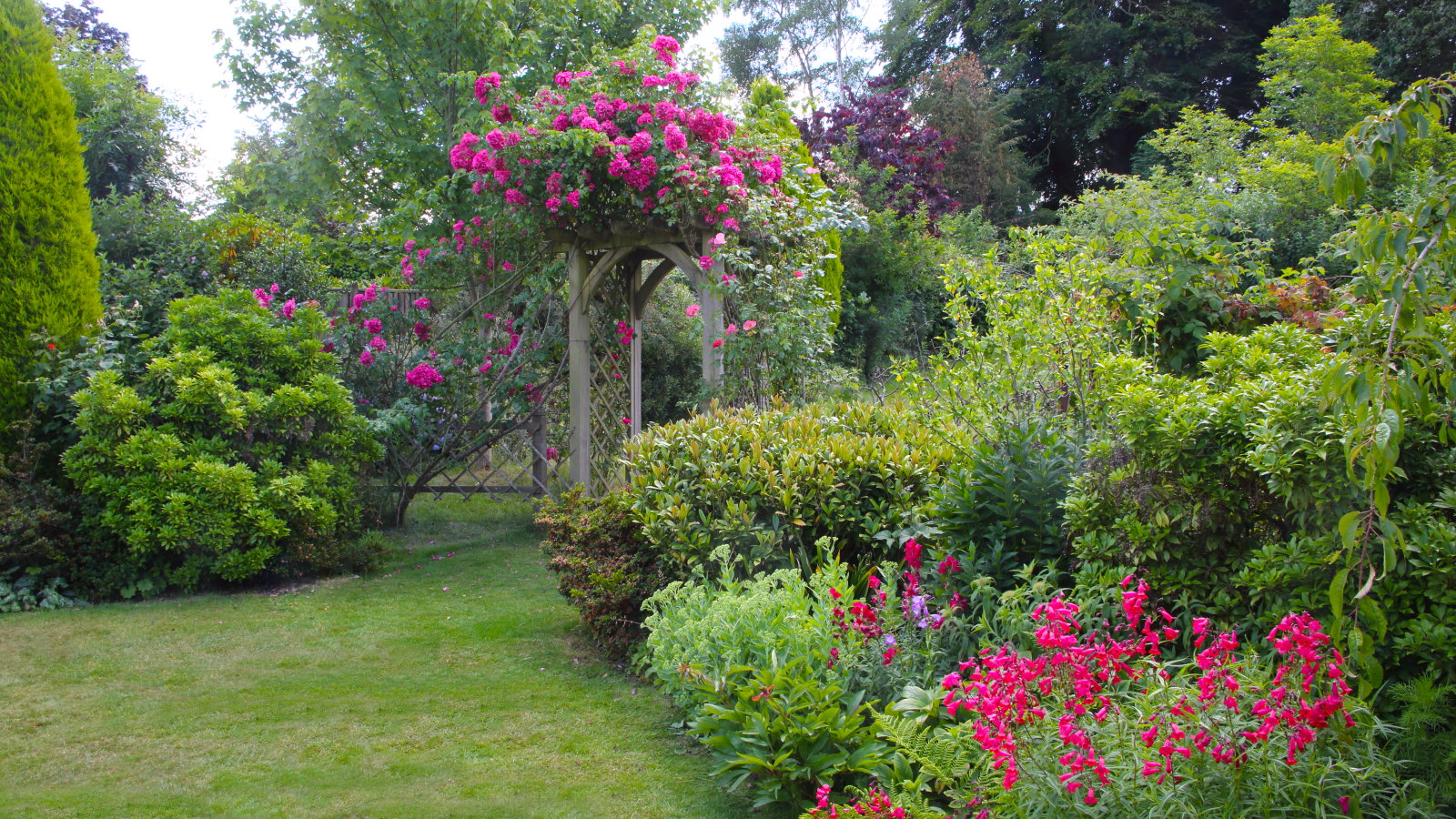

A popular myth is that winter is a slow time for a gardener. The list of jobs may be smaller than during other seasons, but there are still enjoyable and rewarding jobs to do. That includes propagation, as winter can be a fantastic time to start getting new plants for your garden by taking cuttings.
You can propagate lots of ornamental and edible shrubs by taking hardwood cuttings in winter. With a little time, planning, and patience, you can get a whole raft of new plants to add to your backyard ideas. Taking cuttings is also enjoyable and budget-friendly, as you get all these new shrubs for free.
With all that in mind, this guide highlights 11 great plants to propagate in winter and includes practical advice for each on taking plant cuttings and getting them to root successfully.
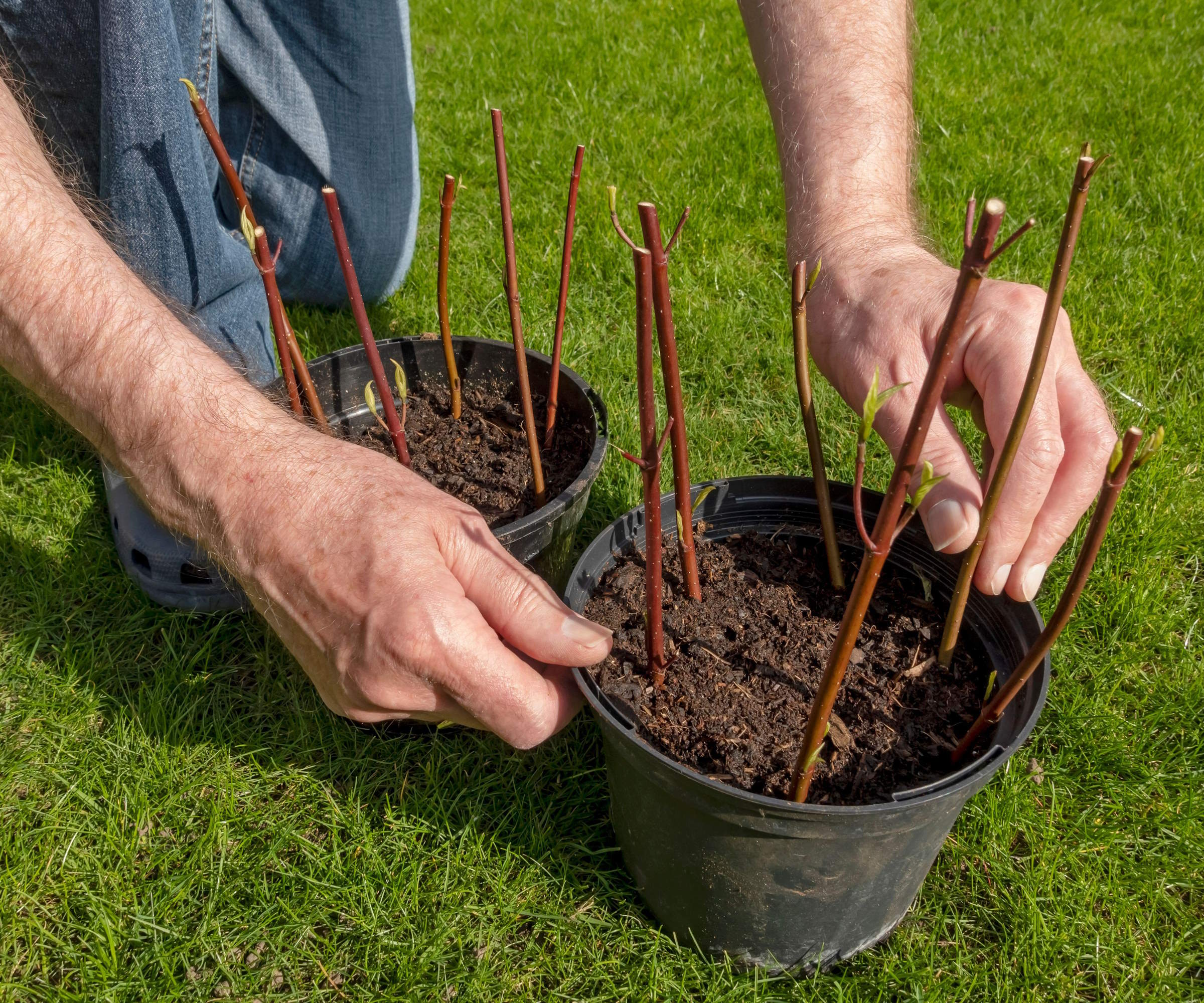
Propagating in winter - 11 plants suitable for cuttings
Taking hardwood cuttings is a great task to add to any winter gardening checklist and the following plants are ideal candidates:
1. Blueberries
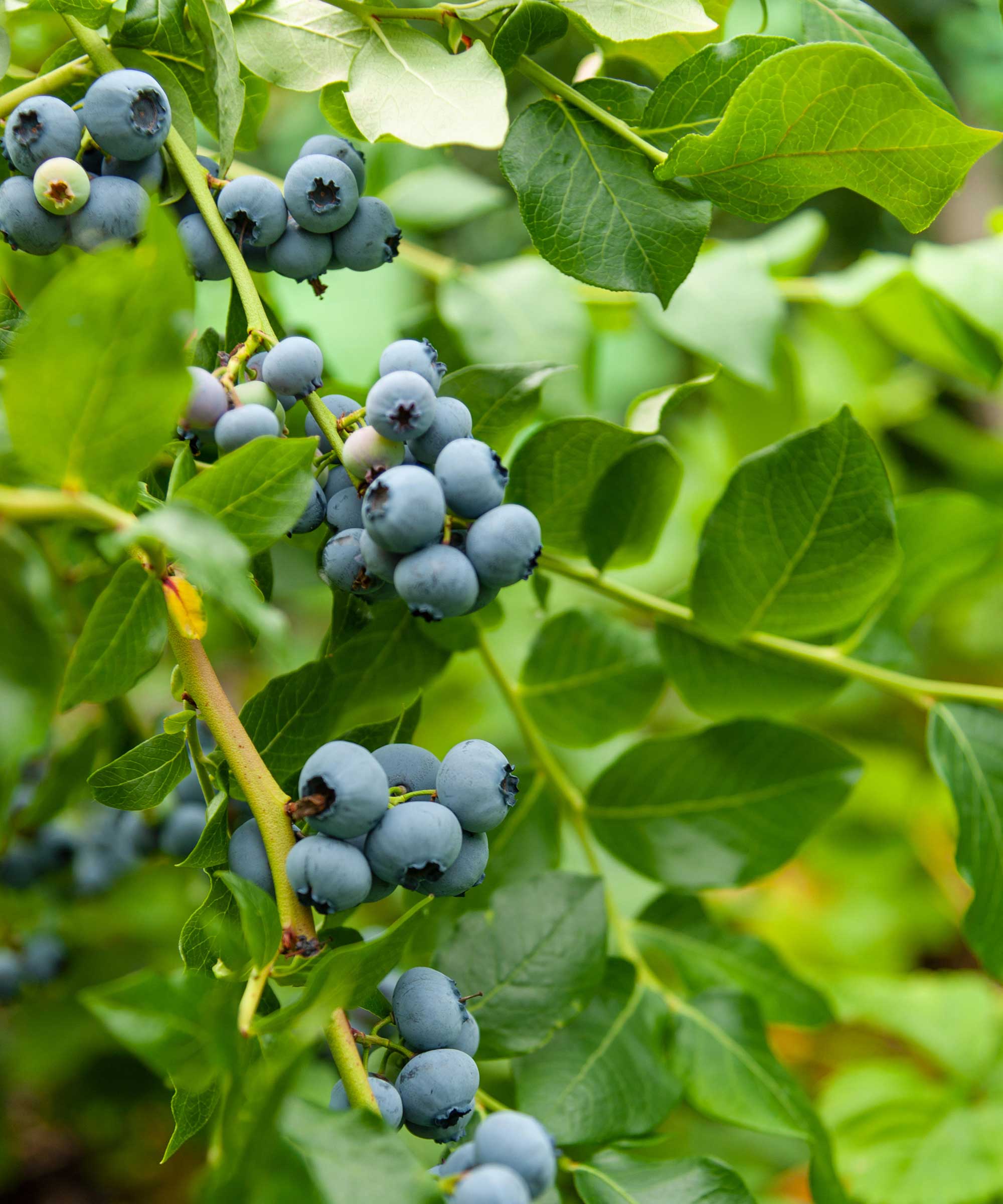
If you grow blueberries and want more of these super soft fruit bushes, taking cuttings in winter is a dependable way to expand your collection. If you know when and how to prune blueberries, you can have all the available material you need at hand. The cuttings from pruning can be used as hardwood cuttings to get new blueberries to plant.
Choose healthy stems that are 6-10 inches long and trim the top and bottom, above and below a bud respectively. Place the cutting into a pot filled with well-draining potting mix and keep it somewhere warm and protected, such as a greenhouse or cold frame. The new cuttings should have developed roots by late spring and you can plant blueberries outside in your chosen spot.
2. Box

Boxwood is a versatile and popular evergreen shrub, suitable for topiary, hedging, or specimen shrubs. When landscaping with evergreens, you often need many plants to get the desired effect. Propagating box from cuttings is a simple way to get lots of new plants for group plantings - it requires patience but is certainly more budget-friendly than buying lots of box plants from the garden center.
Semi-ripe cuttings can be taken to propagate boxwood bushes in summer or the alternative is to take semi-hardwood cuttings in winter. Take healthy six-inch stems and strip off the lower half of the foliage, before dipping in rooting hormone and planting into a well-draining potting mix. Keep the container in a greenhouse or cold frame for around three months and pot up the cuttings in spring into a large container to continue growing on.
3. Camellia
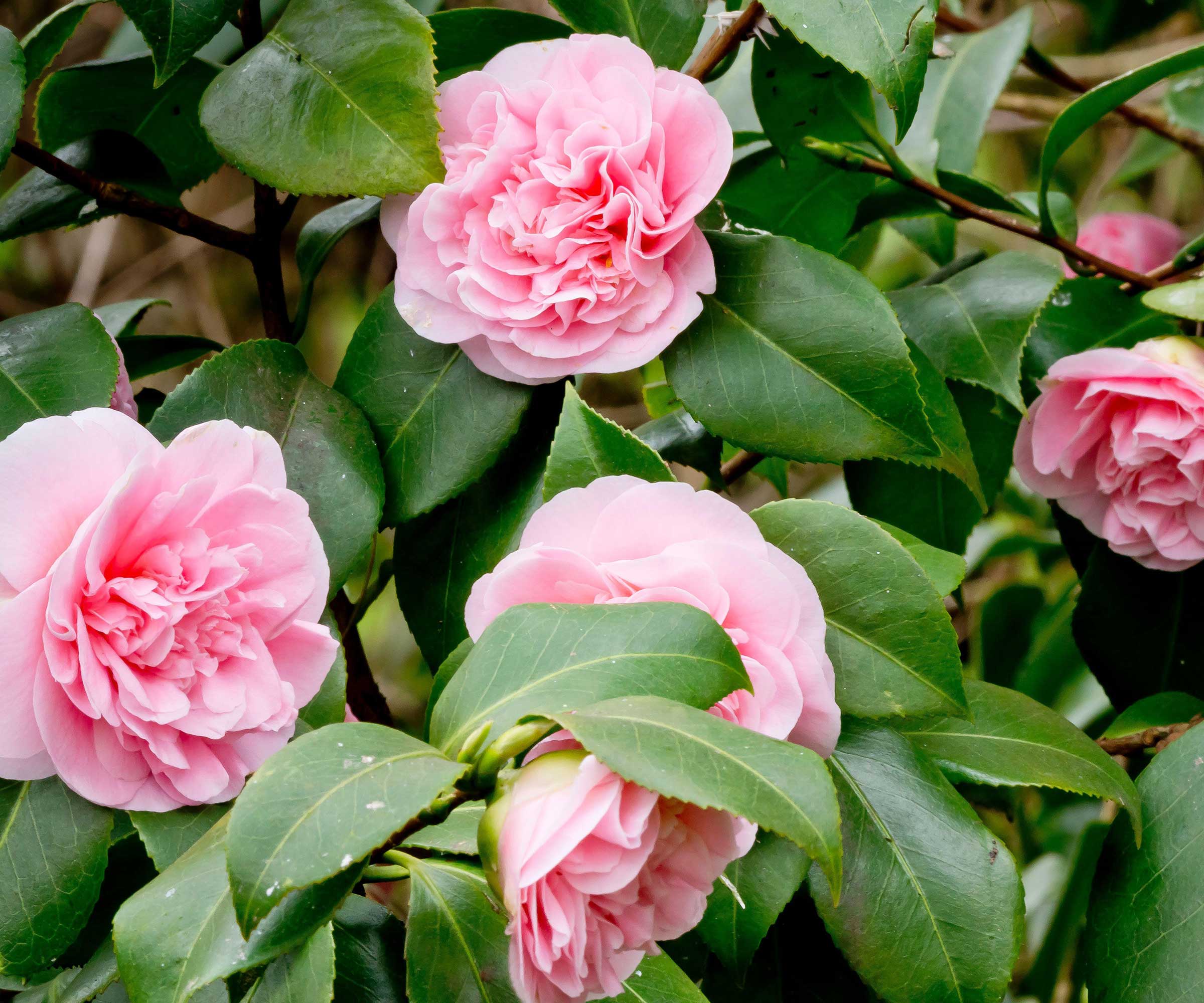
The large showy flowers of camellias provide a revitalizing burst of color and drama during colder months, backed up by the evergreen shrub’s always-gorgeous glossy foliage. Camellias can be a welcome sight when there is little color elsewhere. So, naturally, whether you have them in beds or grow camellias in pots, you may want more to brighten up those early days of the year.
Taking camellia cuttings in winter is a great method to do this. In general, cuttings are one of the best ways to propagate camellias, as you are guaranteed an identical plant - whereas growing from seed comes with the risk of getting different flowers. When you try to propagate camellias from cuttings, removing a half-inch strip of bark from the cutting’s base and dipping it in rooting hormone can help improve your chances of success.
4. Dogwood

Dogwoods come in a variety of sizes and colors and are adored for their spectacular fall color. The colored stems impress during the colder months and are often pruned back hard in late winter or early spring, before the new growth emerges, to encourage a flush of new, vibrant stems.
Pruning is a vital part of growing and caring for dogwoods and you can take cuttings of dogwood when you prune in winter to get new plants, for free. Take a 12-16 inch cutting of straight and pencil-thick one-year-old wood and trim it at the top and bottom. Place the cutting directly into a prepared bed or pots with at least two buds under the soil surface from which the cutting will develop new roots.
5. Gooseberries
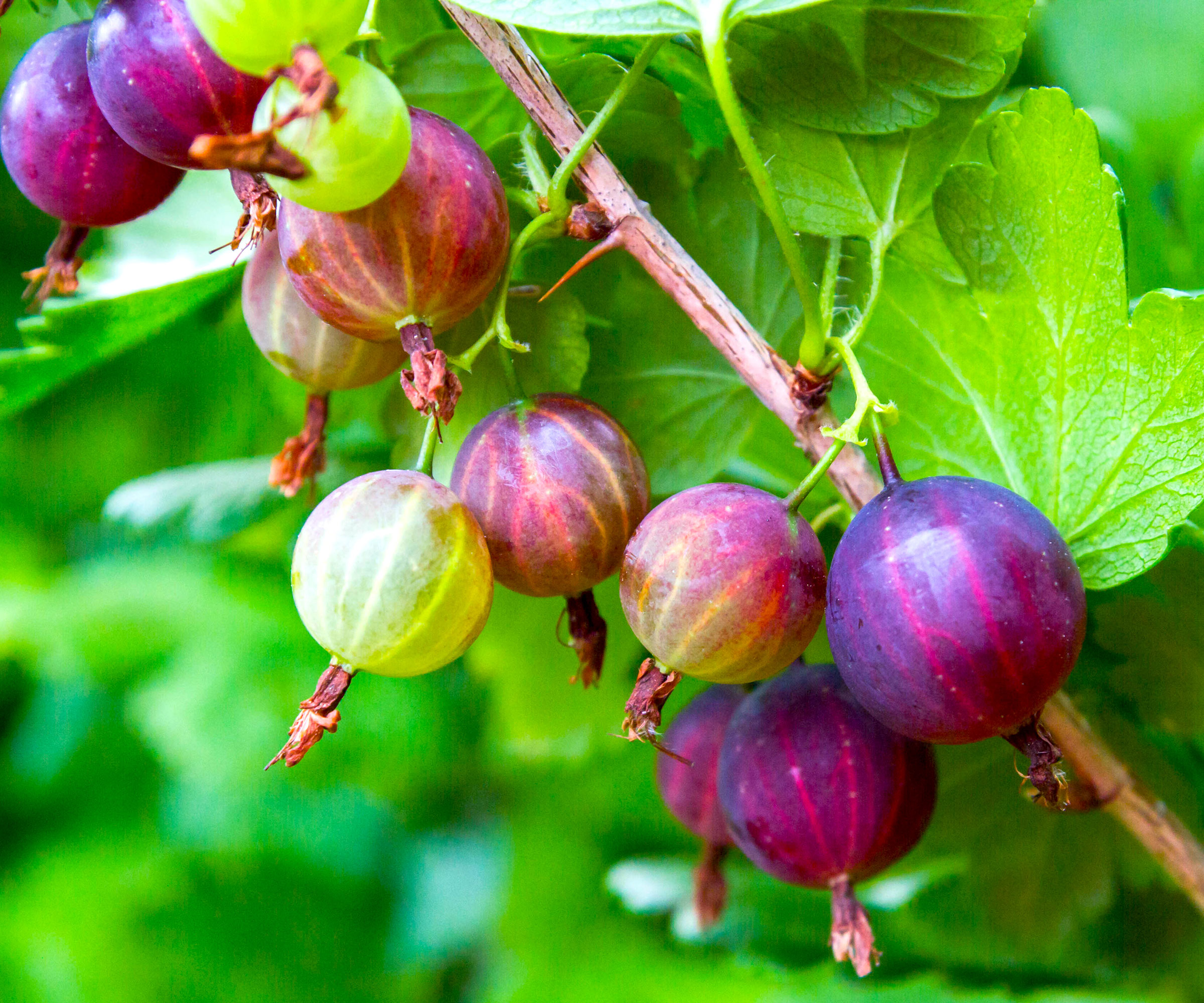
Sweet and sharp gooseberries can be used in jams, preserves, puddings, or many other recipes and it is really easy to grow gooseberries at home. As with lots of soft fruit bushes, the time to prune gooseberries comes in the plant’s dormancy period in winter or early spring - and it is also an ideal time to root hardwood cuttings of gooseberry bushes. Gooseberries are easy and reliable from hardwood cuttings taken in winter.
Select healthy stems that are one year old and soft at the end but woodier at the base. Take cuttings that are 10-12 inches long. Cut just above a bud at an angle at the top and make a straight cut at the base below a bud. You can dip the cutting in the rooting hormone, but gooseberries will tend to root without.
Put the cuttings into a pot filled with a well-draining potting mix with at least two-thirds under the soil. Keep the cutting well watered and pot it up once it has a strong root network, before planting into the garden come fall.
6. Hydrangea
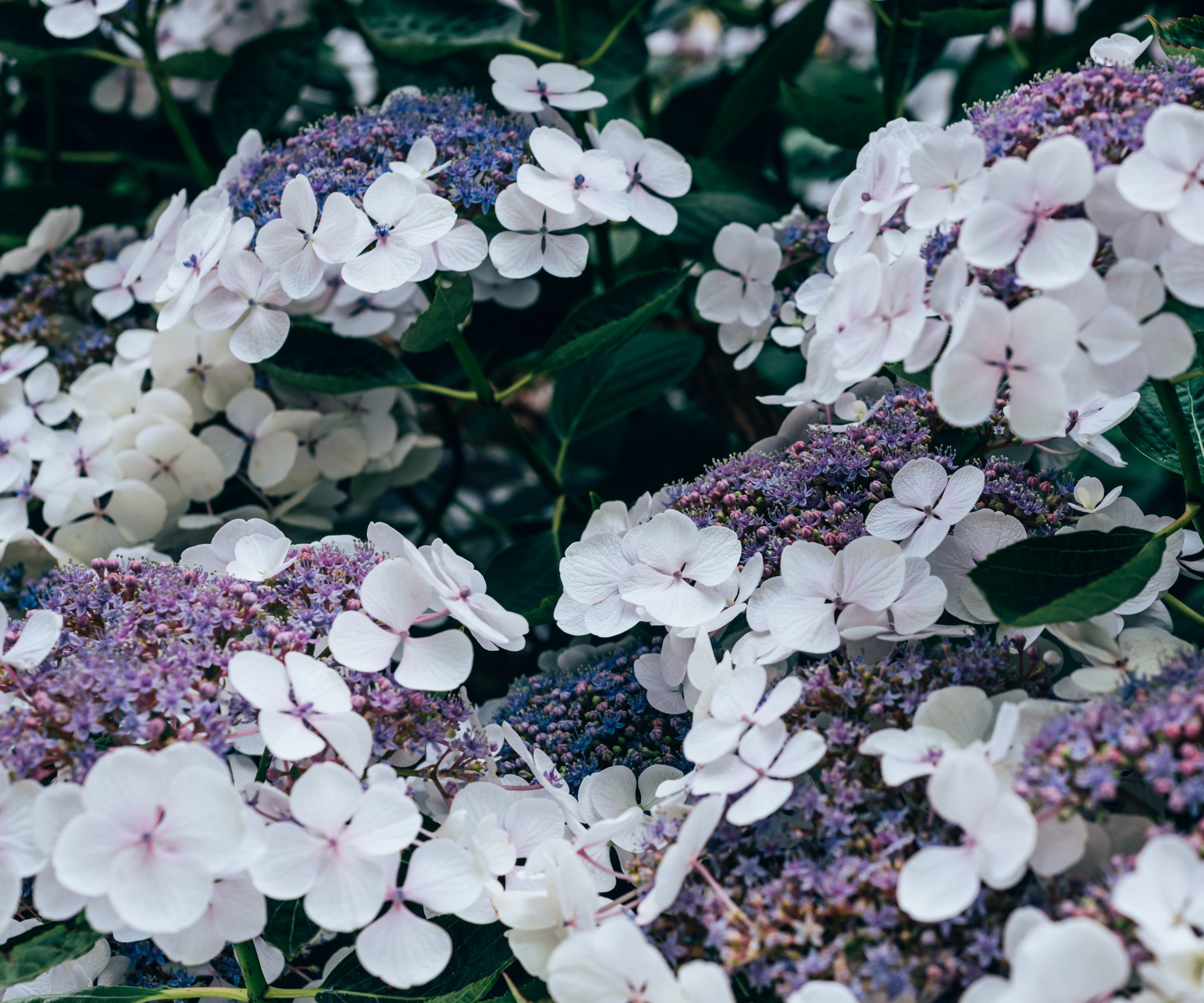
Hydrangeas are some of the most popular flowering shrubs nowadays, thanks to their large and showy blooms in different shapes, colors, and sizes. Growing hydrangeas can be very simple and enjoyable, they are low-maintenance shrubs that bloom reliably year after year and many hydrangea varieties are great plants for bees and other pollinators.
It is more common to propagate hydrangeas from softwood cuttings in the spring, however, you can also take hydrangea cuttings in winter. These winter cuttings will take a bit longer, but you can still enjoy success and get new shrubs to add to your garden.
Choose healthy stems and remove the soft tip to end up with a 6-10 inch cutting trimmed above a bud at the top and below a bud at the bottom. Dip the base in rooting hormone and place it in a pot filled with potting mix - you can plant it directly in the ground but it may take longer to root.
7. Mulberries
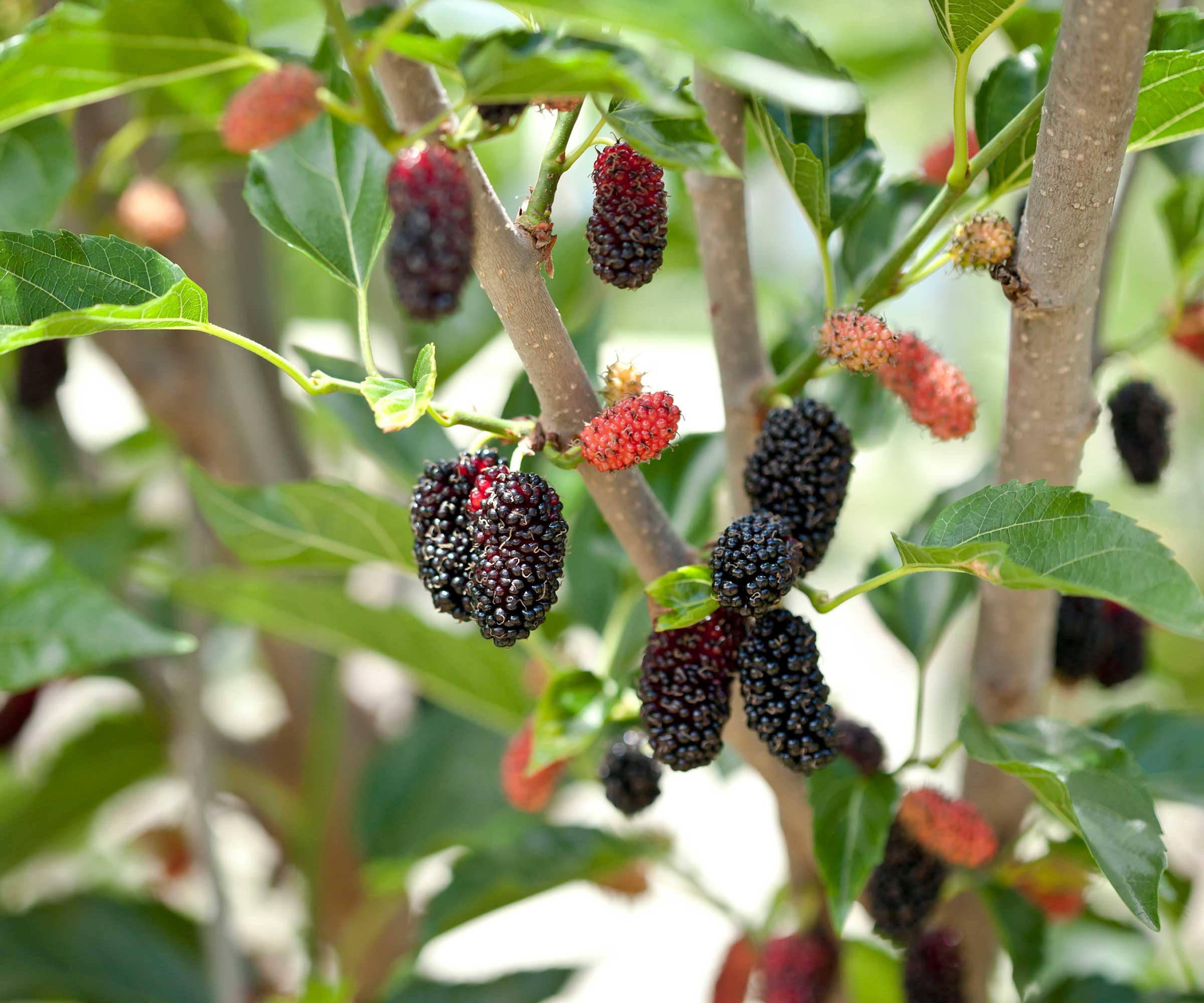
Mulberries are historic, low-maintenance fruit trees. Grow a mulberry tree and you will get delicious, large, and juicy fruits that are not normally available in grocery stores but are ideal for jams and jellies.
They can be propagated by softwood cuttings in late spring or early summer, or by hardwood cuttings in winter. Take mulberry tree cuttings in January or February of healthy one-year-old shoots that should be soft at the tip and woodier at the base. Cut into 6-12 inch sections and dip in rooting hormone.
The cuttings can be inserted into a trench outdoors, or pots filled with well-draining potting mix and placed into a cold frame or unheated greenhouse until next fall.
8. Roses
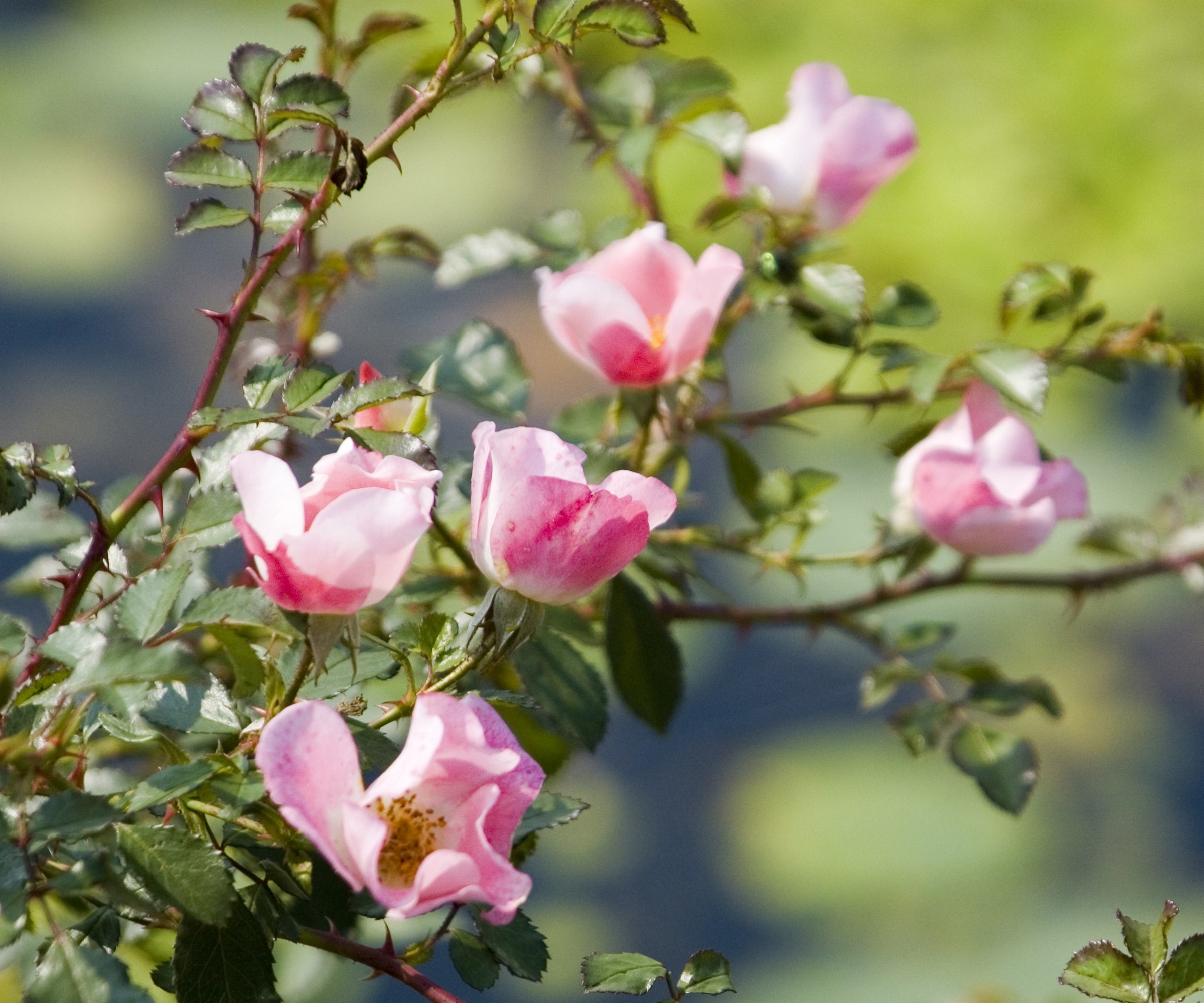
Taking rose cuttings is a simple way to get more of your favorite rose to plant, for free. Taking hardwood cuttings when the rose is dormant in winter is a reliable propagation method to get more rose shrubs.
Choose material from the previous year’s growth, picking healthy stems around the thickness of a pencil and 12-20 inches long. Make an angled cut above a bud and a straight cut below a bud and plant the rose cutting into a narrow trench with a one-inch layer of sand or grit in the bottom for drainage. Place each cutting at least six inches apart, firm each in the soil, and water well.
9. Spirea
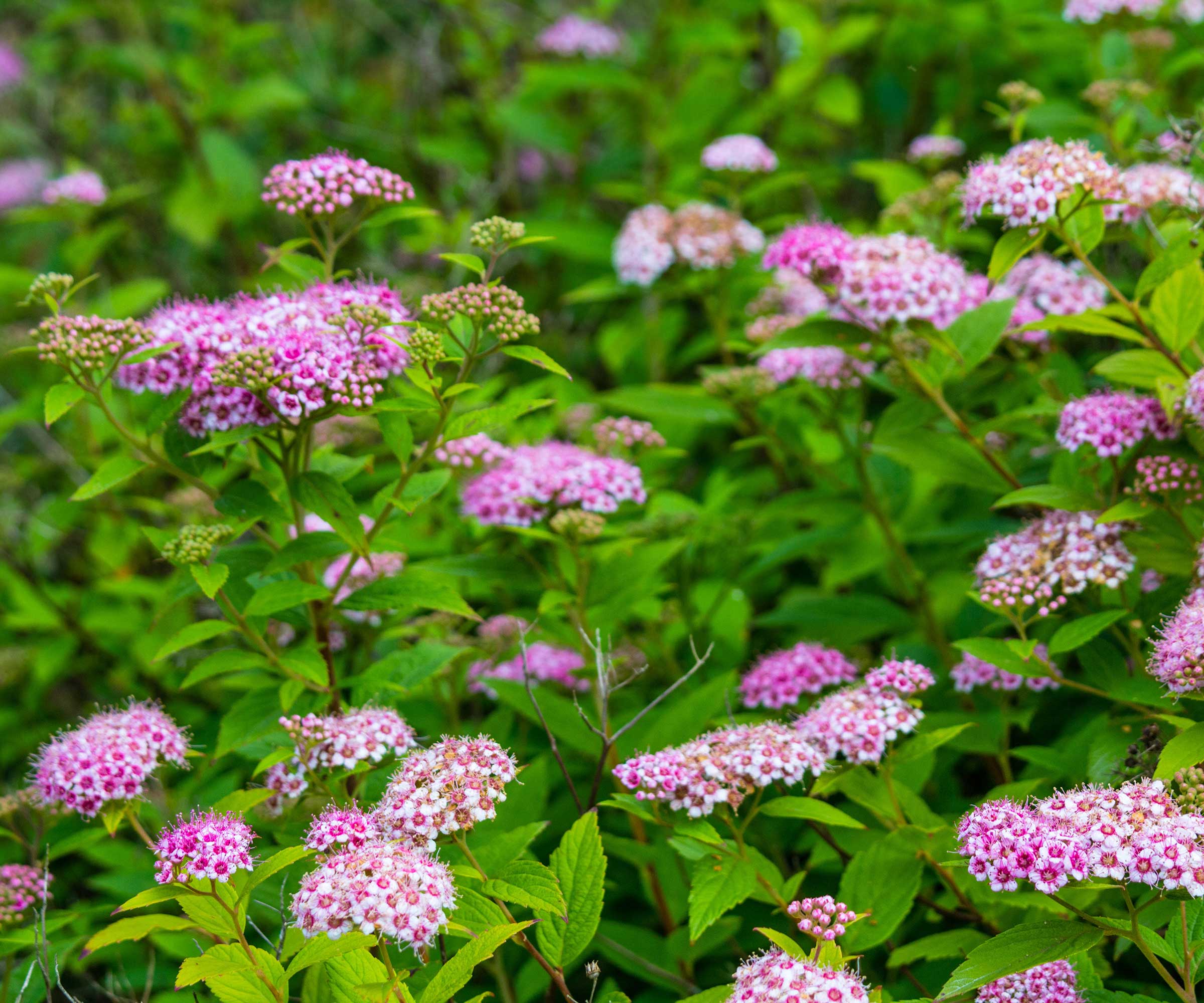
Spirea are popular deciduous shrubs as they can be covered with small clusters of blooms in spring and summer - with blooms coming in shades of white, pink, and purple.
Also known as meadowsweet, they are low maintenance and ideal for propagating from hardwood cuttings in winter during their dormancy. Take cuttings of 10-12 inch healthy stems, place them into pots, and keep them in a warm and protected environment to aid rooting, such as a cold frame or greenhouse. Keep the cuttings well watered, but not waterlogged, and they should start to show signs of new growth come spring.
10. Weigela

The bright trumpet-shaped blooms of weigela are impactful and there are varieties in different vivid colors and with dramatic variegated foliage. They are shrubs that catch the eye and you may want to add to your collection of weigela, which can be done from cuttings in winter.
If you grow a weigela you love, hardwood cuttings allow you to get a free exact clone of that parent plant. As for how to take weigela cuttings, trim woody stems 10-12 inches long and place them into pots filled with well-draining potting mix. Place the cuttings somewhere warm and protected and water them sparingly. The cuttings should show signs of rooting in spring.
11. Wisteria
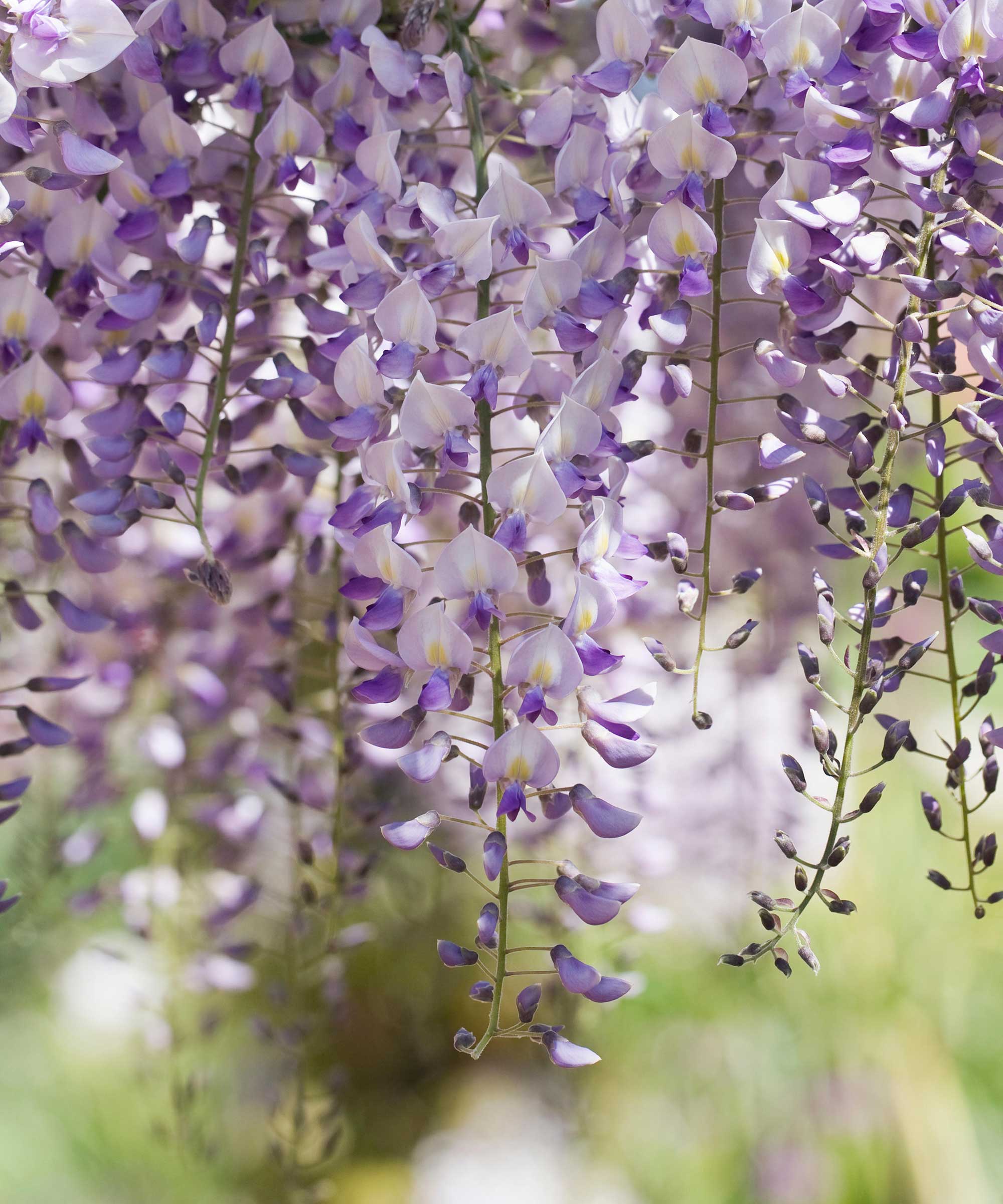
You can grow wisteria from cuttings at the same time as you prune wisteria in winter. Winter wisteria pruning focuses on trimming back last year’s growth so the plant can focus energy on this spring’s dramatic flowering. Any healthy sections of wisteria that grew last season and are at least 12 inches long can be used to propagate new plants in winter - if you so desire.
Choose a section and snip it above and below a node - with a slanting cut at the top and a flat cut at the bottom. Place the cutting into a pot filled with a well-draining potting mix and put it somewhere warm - with at least two buds below the soil line. Covering the cutting with a clear plastic bag can help with humidity and benefit rooting. Water the cutting regularly to keep the soil consistently moist.
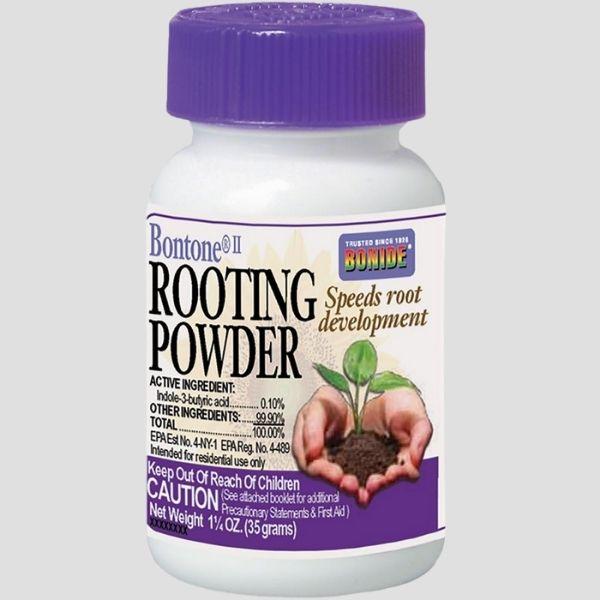
Rooting powder can help to promote root development on cuttings and can be used on ornamentals, vegetables, fruit trees, and berries.
Hopefully, this list of plants to propagate in winter has whetted your appetite to grow more plants this month and next to add to your yard. There are also seeds you may wish to plant in January and the weeks ahead, including a selection of vegetables to plant in January and flowers to sow in February to fill your garden with color and crops in the season ahead.
Sign up to the Homes & Gardens newsletter
Design expertise in your inbox – from inspiring decorating ideas and beautiful celebrity homes to practical gardening advice and shopping round-ups.

Drew’s passion for gardening started with growing vegetables and salad in raised beds in a small urban terrace garden. He has worked as a professional gardener in historic gardens and specialises in growing vegetables, fruit, herbs, and cut flowers as a kitchen gardener. That passion for growing extends to being an allotmenteer, garden blogger, and producing how-to gardening guides for websites. Drew was shortlisted for the New Talent of the Year award at the 2023 Garden Media Guild Awards.
You must confirm your public display name before commenting
Please logout and then login again, you will then be prompted to enter your display name.
-
 8 of the biggest small bedroom layout mistakes designers see time and time again
8 of the biggest small bedroom layout mistakes designers see time and time againThese small bedroom layout mistakes are so easy to make, but so easy to avoid too
-
 I was looking for the 'ultimate neutral' and found it in Anna Wintour's living room – it's vibrant yet chic in equal measures
I was looking for the 'ultimate neutral' and found it in Anna Wintour's living room – it's vibrant yet chic in equal measuresThe editor's living space features a bright, butter-yellow-painted accent wall, which pairs perfectly with an orange rug and floral sofa
-
 7 plants to prune in May – these shrubs and perennials will flower abundantly if trimmed this month
7 plants to prune in May – these shrubs and perennials will flower abundantly if trimmed this monthIt is time to ‘Chelsea Chop’ perennials and give spring-flowerers some TLC
-
 7 of the best annual flowers to plant in May for bountiful, dazzling blooms to fill borders and pots
7 of the best annual flowers to plant in May for bountiful, dazzling blooms to fill borders and potsPlus expert sowing tips from an experienced horticulturist
-
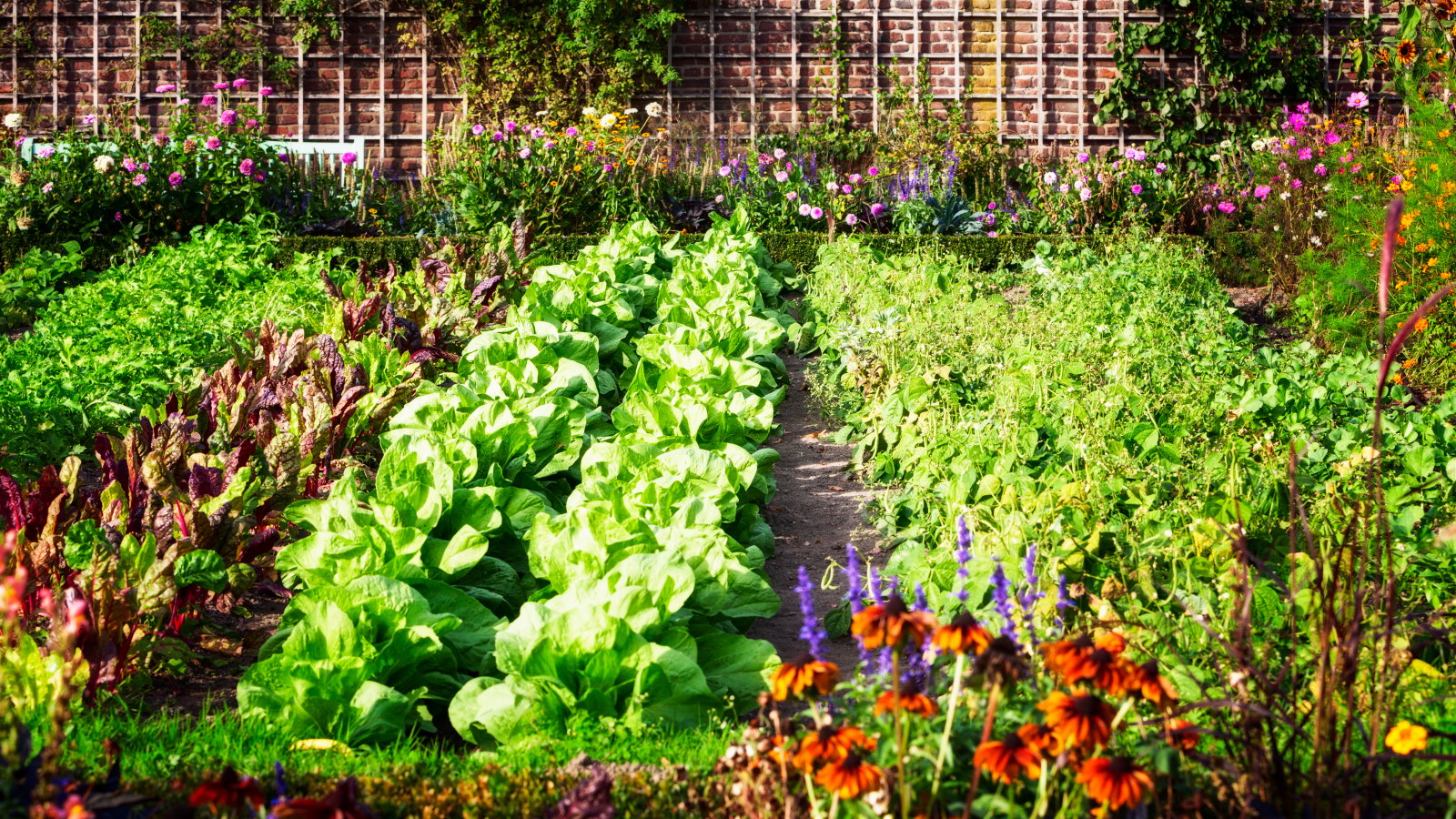 7 of the best vegetables to plant in May, plus expert sowing tips from a professional grower for happy plants and bumper harvests
7 of the best vegetables to plant in May, plus expert sowing tips from a professional grower for happy plants and bumper harvestsMay is a fantastic time to sow and plant vegetables – here are my top picks for the month
-
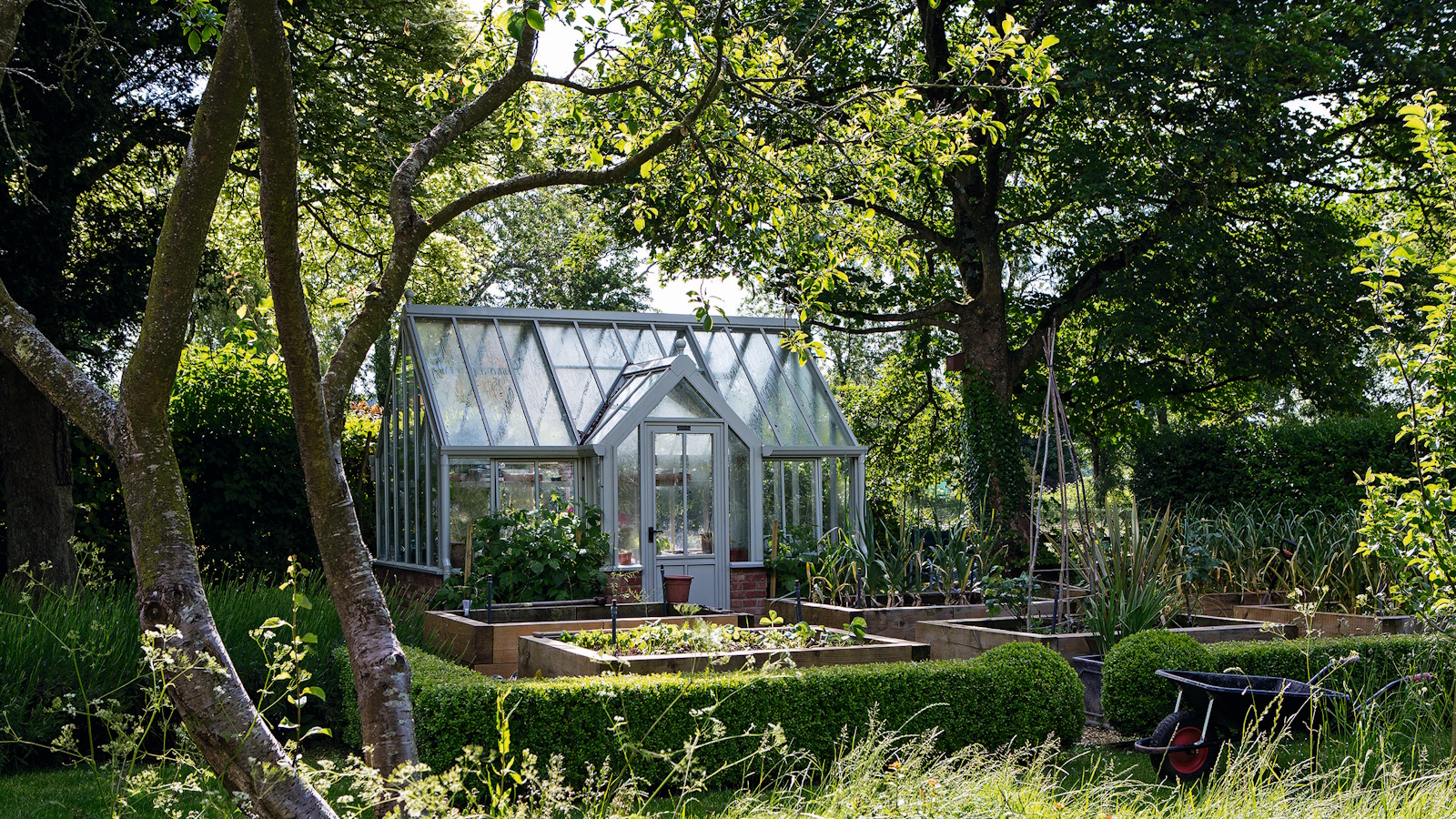 The greenhouse that is on this professional gardener's wishlist is currently on sale – it will supercharge your summer veg harvest
The greenhouse that is on this professional gardener's wishlist is currently on sale – it will supercharge your summer veg harvestGreenhouses are a sensible investment for gardeners looking to grow their own tomatoes and chillies this year
-
 7 of the fastest growing flowers to plant in spring for early summer blooms
7 of the fastest growing flowers to plant in spring for early summer bloomsSow these seeds now and be greeted with early summer color and repeat blooms in your yard
-
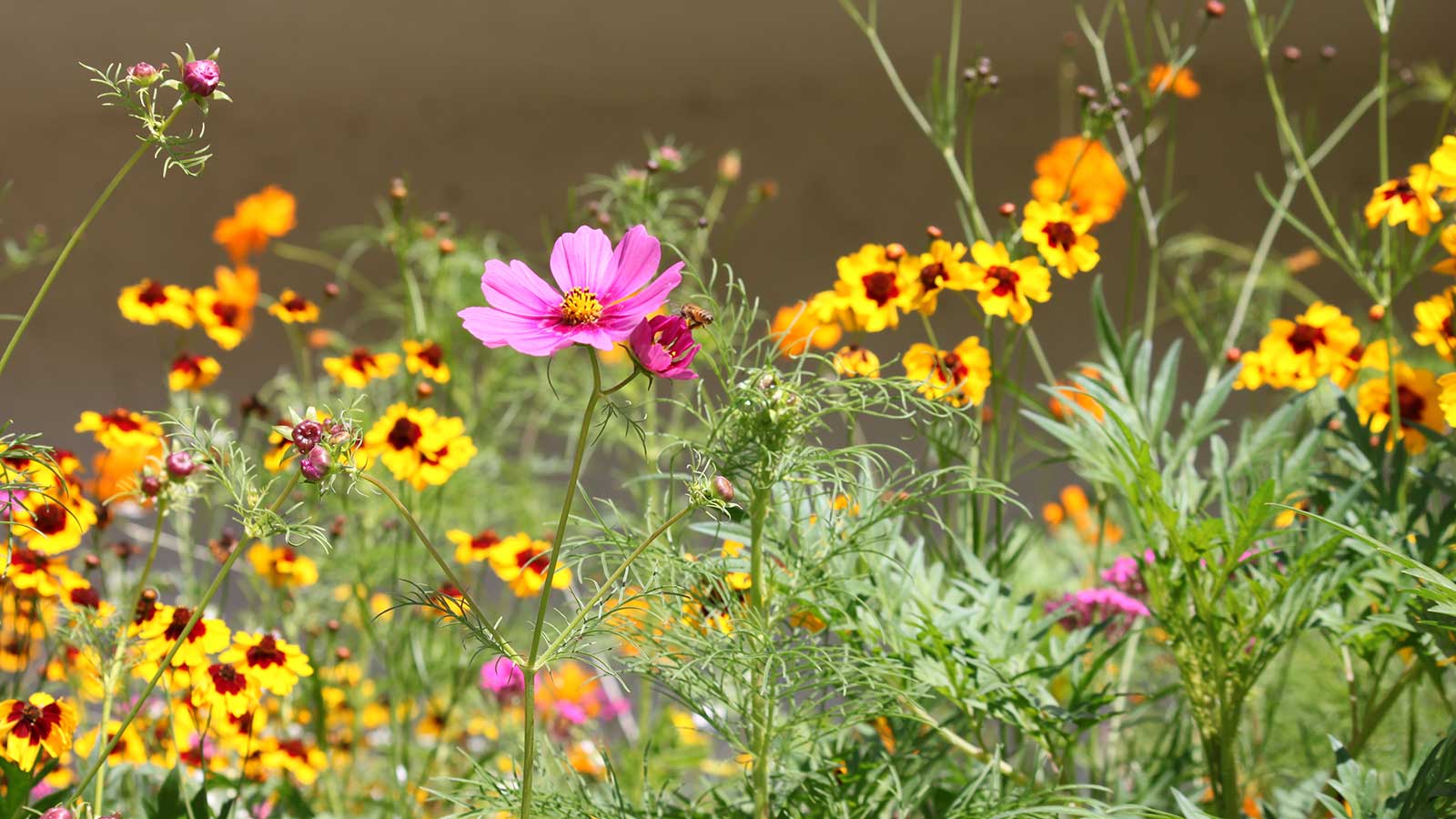 How to design a mini meadow in pots – and welcome birds, bees and butterflies to your urban wildlife garden this summer
How to design a mini meadow in pots – and welcome birds, bees and butterflies to your urban wildlife garden this summerExperts share advice on species recommendations, soil, and types of containers to use for meadow planting
-
 This $20 pop-up greenhouse from ALDI is perfect for small yards – it will turbocharge your tomato harvests this summer
This $20 pop-up greenhouse from ALDI is perfect for small yards – it will turbocharge your tomato harvests this summerEasy to use and compact to store, pop-up greenhouses are ideal for patio or balcony gardeners
-
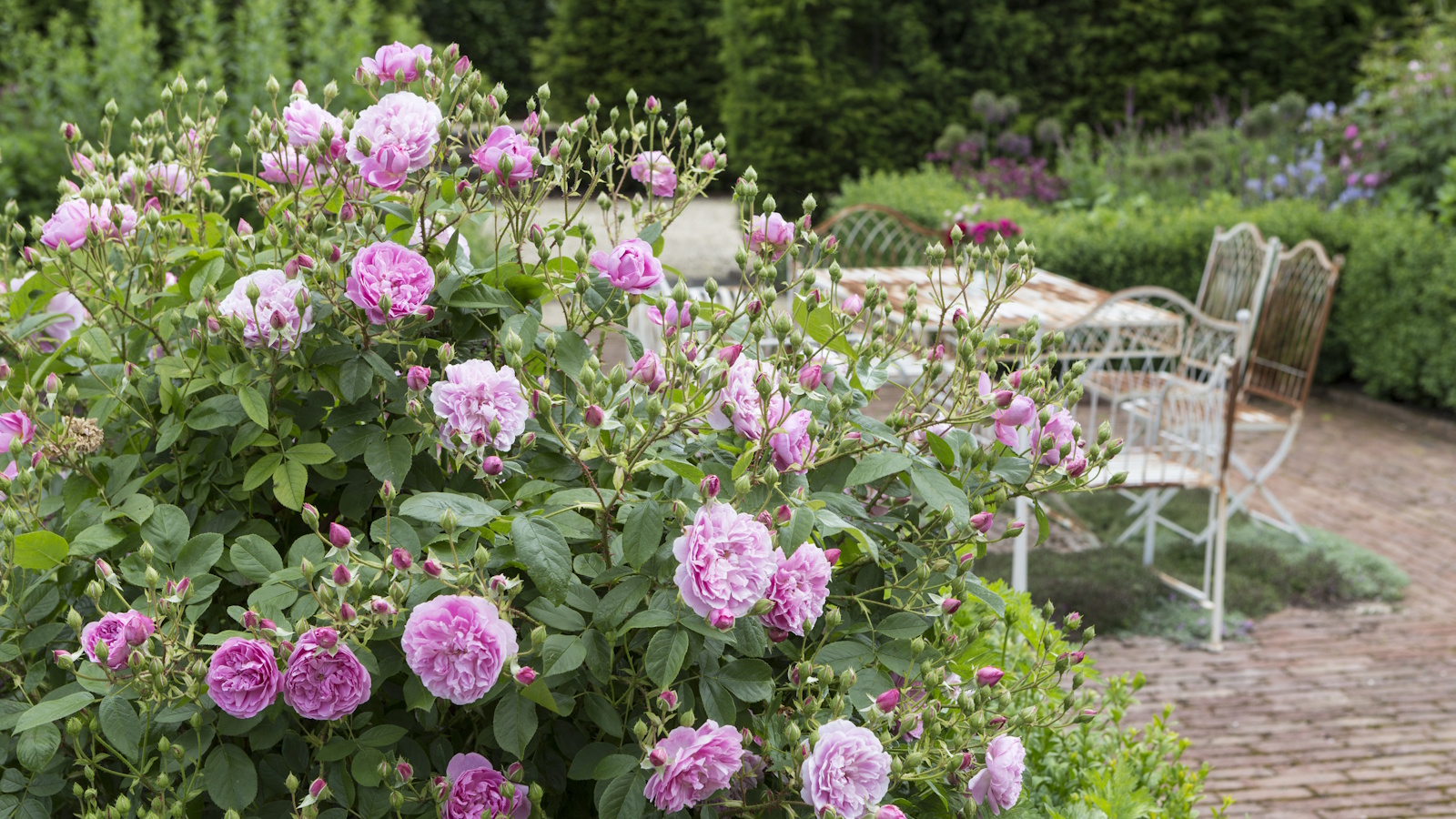 How to weed a garden quickly – professional gardeners reveal the five-minute weeding jobs to do now and get your yard summer-ready
How to weed a garden quickly – professional gardeners reveal the five-minute weeding jobs to do now and get your yard summer-readyShort on time? These time-efficient tasks will keep on top of problem plants
